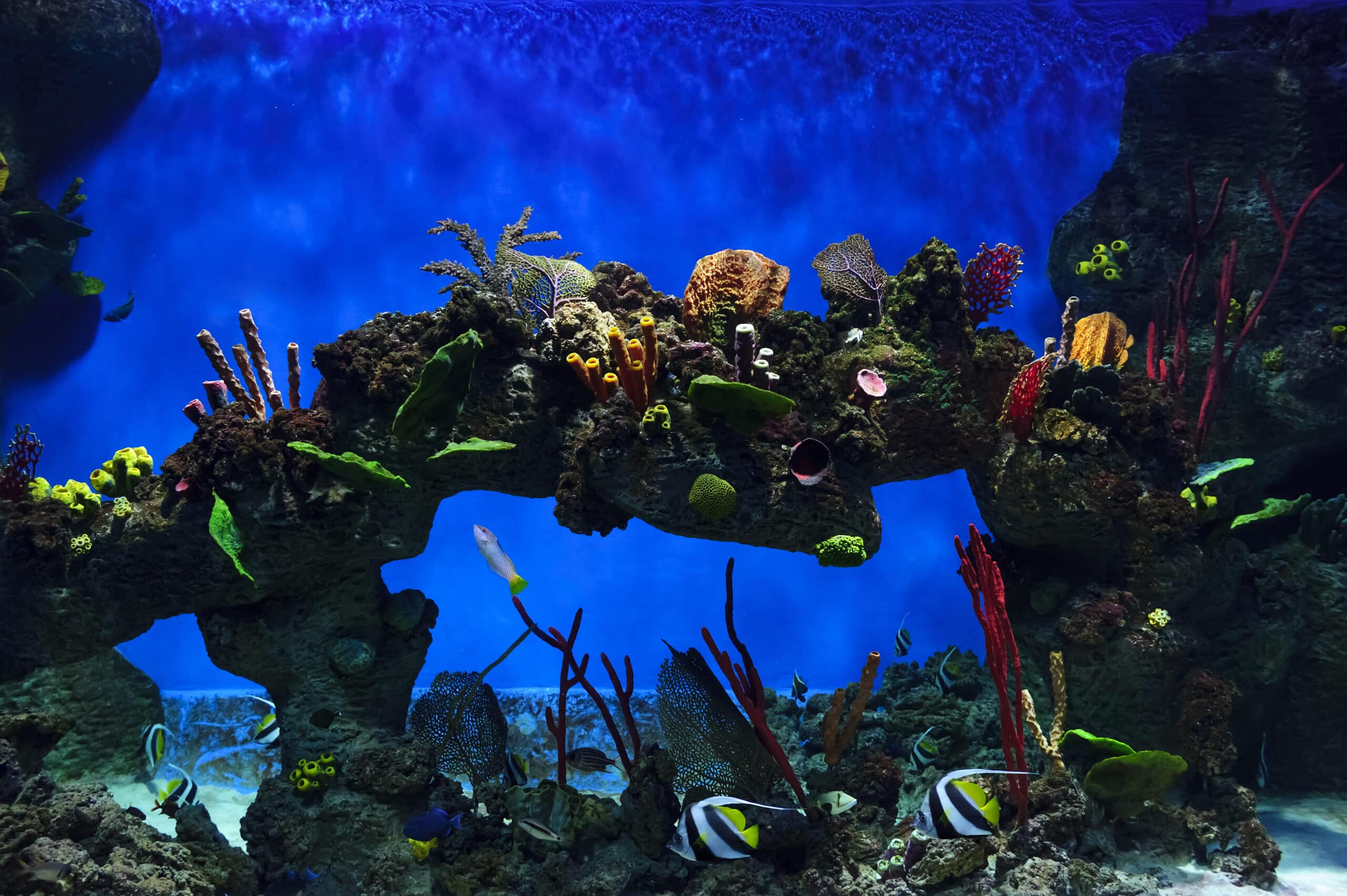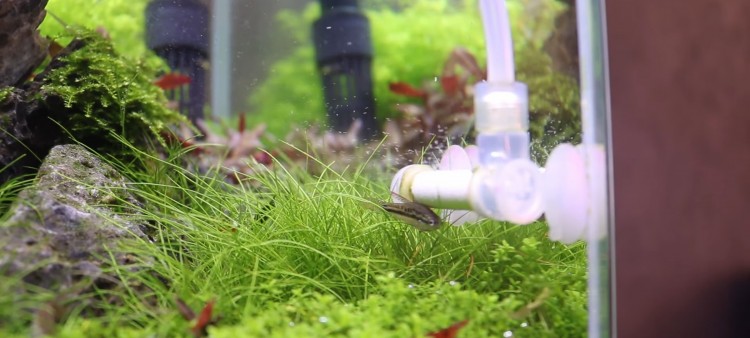Aquascaping is the art of arranging aquatic plants, rocks, and other elements in an aquarium in a visually pleasing manner. Not only does it enhance the aesthetics of your tank, but it also creates a healthier environment for your aquatic life. However, beginners often make mistakes that can compromise both the beauty and health of their aquariums. In this article, we’ll delve into the five most common mistakes and how to avoid them.
Mistake 1: Wrong Rock Selection
Choosing the wrong type of rock can have detrimental effects on your tank’s ecosystem. Some rocks can alter the water parameters, making it difficult to maintain a stable environment for plant growth and aquatic life.
| Type of Rock | Impact on Water Parameters |
|---|---|
| Limestone | Raises pH levels |
| Slate | Neutral |
| Lava Rock | May lower pH levels |
Mistake 2: Incorrect Order of Adding Rock and Substrate
Many beginners add substrate before placing the rocks, which can lead to instability. The rocks should be placed first to ensure they sit directly on the tank’s bottom. This provides a stable foundation and prevents the rocks from toppling over.
Mistake 3: Overcrowding the Tank
Overcrowding with plants and rocks can make your tank look cluttered and inhibit plant growth. It also restricts the swimming space for fish and makes maintenance more challenging.
Tips to Avoid Overcrowding
- Use odd numbers of rocks and plants for a more natural look.
- Leave open spaces for fish to swim.
- Don’t cover more than 70% of the tank’s floor with substrate and rocks.
Mistake 4: Poor Plant Selection and Placement
Choosing the wrong plants or placing them incorrectly can result in an unbalanced aquascape. Some plants require specific water parameters and lighting conditions to thrive.
Common Plant Mistakes
- Using plants that grow too tall for your tank.
- Mixing plants with different light and nutrient requirements.
- Placing foreground plants in the background and vice versa.
Mistake 5: Neglecting Water Parameters and Routine Maintenance
Ignoring water quality can lead to a host of problems, including algae growth and poor plant health. Regular water changes and testing are essential for a thriving aquascape.
Maintenance Tips
- Perform weekly water changes.
- Test water parameters regularly.
- Remove dead leaves and prune plants as needed.
Conclusion
Avoiding these common mistakes can go a long way in ensuring a successful and visually appealing aquascape. With careful planning and regular maintenance, you can create a stunning underwater world right in your home.
FAQs (Frequently Asked Questions):
How often should I perform water changes in my aquarium?
Weekly water changes are generally recommended to maintain optimal water quality.
What are some common signs of poor water parameters?
Cloudy water, algae growth, and stressed or dying fish are common signs of poor water parameters.
Can I rescue plants that are not thriving in my aquascape?
Yes, adjusting light conditions and nutrients can often help struggling plants recover.
How do I prevent algae growth in my aquarium?
Regular water changes, proper lighting, and avoiding overfeeding are key to preventing algae growth.
References
- 7 Newbie Aquascaping Mistakes | Reef Management | AlgaeBarn
- Reddit – Dive into anything
- Aquascaping Mistakes to Avoid: Lessons Learned from Common Errors – Aquascapes
- 5 biggest mistakes starting a fresh water aquarium – Easy Scape
- 8 Common Planted Aquarium Mistakes Beginners Make
- Top 5 Beginner Mistake as a Beginner Aquascape | Tank Facts




